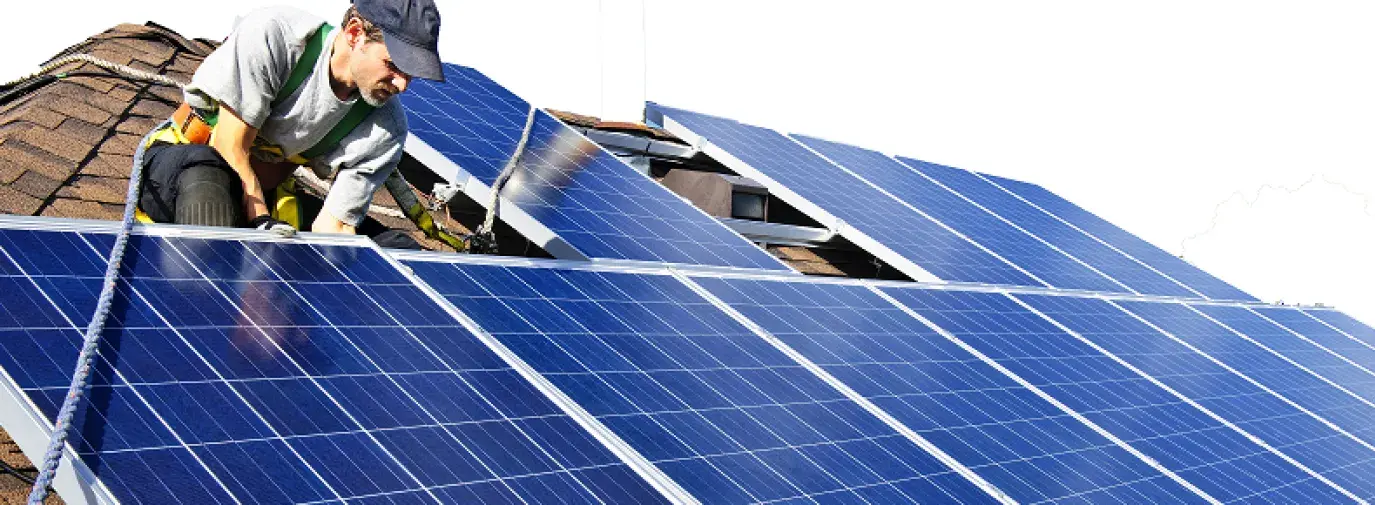
Making your home more energy-efficient saves you money and reduces your carbon footprint.
We are staying home more than ever and many workers want it to stay that way. According to a Gallup poll, 59 percent of Americans who have worked from home during the pandemic hope to continue once workplace restrictions are relaxed.
Telecommuting is also good for the environment—EPA data shows that telecommuting can decrease the average worker’s transportation-related carbon emissions by 69 percent.
But staying home means using more energy there. Make your home energy efficient to save money, reduce your carbon footprint, and be comfortable as you stay inside.
Assess and Weatherize
Start with an energy audit, also known as a home energy assessment, which will identify opportunities for energy efficiency upgrades in your home. Your utility may offer a free audit or you can buy a thermal leak detector for under $50 to see where heat may be getting out.
Weatherizing a property includes air sealing, insulation, moisture control, and ventilation work. Federal and state financial assistance is available for folks seeking audits and weatherization.
The Department of Energy’s Weatherization Assistance Program, for example, helps low-income families access home energy services. The average participant sees a 35 percent decrease in energy consumption after weatherization. To apply for assistance, contact your state weatherization agency.
Use Heat Pumps
Did you know that 42 percent of the average American’s utility bill comes from heating? Heat pumps are a greener option than fossil fuels for heating your home. A heat pump draws heat from the air, ground, or water outside your home and pushes it inside during the colder months. In the summer, pumps capture heat inside and release it outside to cool things down. Paitson Bros. {GBN} installs heat pumps and other HV/ AC needs in Illinois and Indiana. Find other installers at greenpages.org or ask your local contractor.
A heat pump can reduce electricity usage by 50 percent compared to conventional heating options. When paired with solar panels, they can also greatly decrease your carbon footprint.
Go Solar
Going solar may seem daunting, but according to EnergySage, a residential solar system can save you $10,000 to $30,000 on energy bills during its lifespan.
Through net metering, you can receive credits on your energy bill if your system produces more energy than your house uses. The excess energy is sent back to the grid and you can draw on these credits when your panels aren’t as productive.
Michelle Greenfield and her husband own Third Sun Solar {GBN} in Athens, Ohio. Greenfield says purchasing a residential solar system has become more affordable with both tax credits and financing options.
“You can finance that system so you can actually have a monthly payment,” Greenfield says. “It’s kind of like buying a car."
For renters or those who want to avoid upfront costs, community solar can be a more affordable option.
“Community solar is kind of like buying into a co-op; becoming a member,” Greenfield says. “You contribute towards purchasing a solar array that lives somewhere else, then you get that virtual credit for however much you purchase.”
EnergySage’s Community Solar Marketplace™ is a great place to start your search for a community solar program near you.
We all want to reduce our footprint, so why not start where you spend the most time? An energy-efficient home is a great way to invest in the world's health while saving you money.







